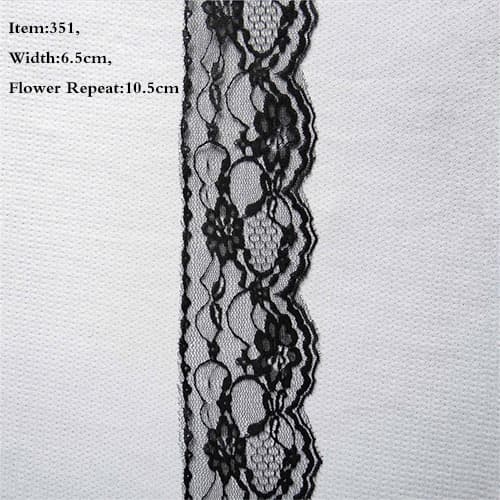The stretchiness of a fabric is an important characteristic that determines its comfort and versatility. In the case of nylon,a synthetic material widely used in various industries,understanding its stretch properties is crucial for making informed decisions about its application.In this article,we will explore the question,"Is 100% nylon stretchy?" and provide a comprehensive answer.

Section 1: Understanding Nylon Fabric
Nylon is a synthetic polymer made from petroleum-derived chemicals. It was first developed in the 1930s and gained popularity due to its strength, durability, and resistance to abrasion. At its core, nylon is a rigid material, and a 100% nylon fabric, in its pure form, does not exhibit a significant amount of stretch.
Section 2: Factors Affecting Stretchiness
To determine the stretchiness of a fabric, we need to consider specific factors that can influence its characteristics. In the case of nylon, the main factor is the presence of additional components in the fabric composition. Nylon fabrics are often blended with other fibers to enhance their stretch properties.
Section 3: Nylon Blends with Stretch Fibers
To make nylon more stretchy, it is often blended with elastic fibers such as spandex or elastane. These blends combine the strength and durability of nylon with the stretch and flexibility of the elastic fibers. The amount of stretchiness depends on the proportion of the elastic component in the blend. Fabrics with a higher percentage of elastic fibers will have more stretch, while those with a lower percentage will have limited stretch.
Section 4: Applications of Stretchy Nylon
Nylon blends with elastic fibers are widely used in various applications where stretch and flexibility are important. Some common examples include:
1. Athletic Wear: Stretchy nylon fabrics with moisture-wicking properties are commonly used in sportswear, yoga pants, and compression garments. The stretchiness allows for ease of movement and enhances comfort during physical activities.
2. Swimwear: Nylon-Spandex blends are popular in swimwear due to their excellent stretch and recovery properties. The fabric molds to the body, providing a comfortable fit and allowing for freedom of movement in the water.
3. Hosiery: Nylon blends with elastane are commonly used in stockings, tights, and socks. This combination increases the fabric's stretchiness, providing a snug fit and preventing sagging or bagginess during wear.
Section 5: Limitations of Stretchy Nylon
While nylon blends with stretch fibers offer enhanced comfort, it's important to note that excessive stretching over time can lead to loss of elasticity. The garment may lose its shape and become less supportive. Additionally, the durability of the fabric may be compromised due to the added elasticity.

Conclusion:
In conclusion, 100% nylon fabric, in its pure form, is not inherently stretchy. However, nylon blends with elastic fibers like spandex or elastane can provide stretch and flexibility. These blends are commonly used in various applications such as athletic wear, swimwear, and hosiery, where stretchiness is desired. Understanding the properties and limitations of stretchy nylon fabrics allows consumers and manufacturers to make informed choices in selecting the right materials for specific applications.
Previous: How To Make Eyelash Lace?